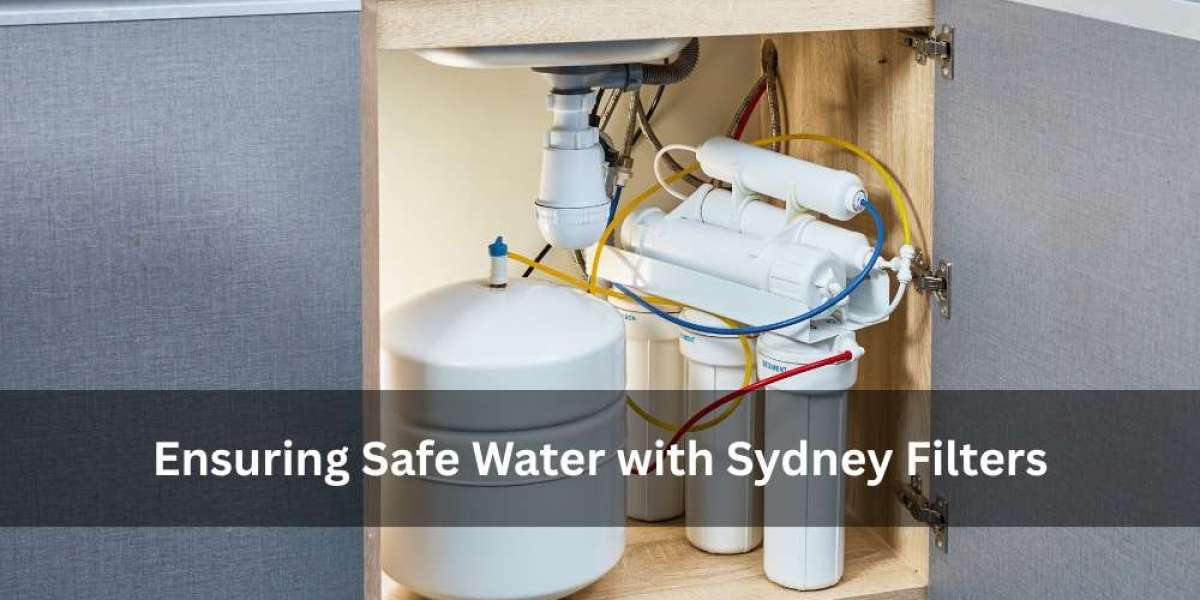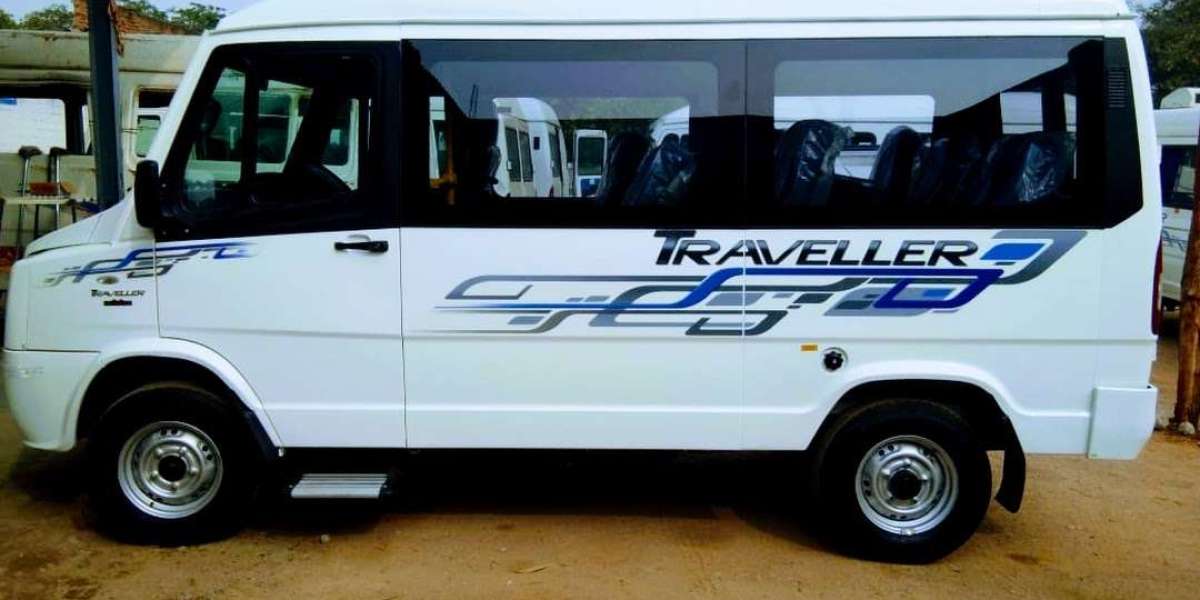Concrete structures in India are aging rapidly, especially in major cities and industrial regions.
Due to environmental stress, overloading, and poor maintenance, many buildings show clear signs of deterioration.
Consequently, strengthening solutions are now in high demand, especially for critical elements like beams.
This is where Carbon Wrapping for Beams steps in as a modern, efficient, and highly durable alternative to traditional methods.
It significantly boosts structural integrity without adding bulk or disrupting operations.
Why Focus on Beam Strengthening in Indian Infrastructure?
In the Indian context, beams play a vital role in supporting multi-story buildings, factories, and transportation structures.
Over time, weathering, corrosion, and increased occupancy loads impact these beams.
Moreover, with expanding cities, many buildings are repurposed or extended, requiring load-bearing upgrades.
Due to these reasons, many engineers are turning to Carbon Wrapping for Beams as a robust strengthening technique.
It offers longer service life while also reducing the risk of future structural damage.
What Is Carbon Wrapping for Beams?
This method uses carbon fiber reinforced polymer (CFRP) sheets or fabrics, bonded directly to concrete beam surfaces.
Applied with a special adhesive, the material acts like a second skin over existing concrete.
In effect, the wrapped layer increases tensile strength and stiffness without adding weight.
Because the carbon fibers resist tension forces effectively, Carbon Wrapping for Beams makes beams stronger and more ductile.
This leads to better structural performance even under dynamic or earthquake conditions.
The Step-by-Step Application Process
Before installation, the concrete surface is cleaned thoroughly to remove dust, grease, and loose materials.
Then, a primer is applied, followed by resin bonding to hold the fiber sheets in place.
Carbon fabric is laid carefully in critical zones, and air bubbles are eliminated.
Lastly, a final protective coating is added to prevent moisture ingress.
Each of these steps ensures that Carbon Wrapping for Beams performs reliably over time with minimal maintenance.
Minimal Weight, Maximum Performance
One of the key advantages of using carbon fiber is its incredible strength-to-weight ratio.
Whereas steel jacketing increases dead load significantly, this wrapping method adds almost no weight.
This is especially useful for older structures that may not support additional mass.
Additionally, Carbon Wrapping for Beams helps improve shear strength and cracking resistance without compromising architectural aesthetics.
Thus, it serves as a perfect upgrade for both residential and industrial buildings in Indian cities.
Performance in Indian Environmental Conditions
From the humid coastal regions of Chennai to the dry climates of Rajasthan, Indian buildings face diverse challenges.
Fortunately, carbon fiber technology is resistant to both corrosion and moisture penetration.
This means it doesn't degrade like steel in salty air or high rainfall zones.
Therefore, Carbon Wrapping for Beams remains a dependable option across various Indian geographies.
Its longevity and chemical resistance make it ideal for retrofitting structures in extreme climates.
Seismic and Dynamic Load Resistance
Earthquake-prone areas like Uttarakhand, Himachal, and Gujarat demand more resilient construction solutions.
Carbon fiber has a high elastic modulus, enabling it to absorb shocks and vibrations efficiently.
Hence, buildings reinforced with this method can withstand tremors better than those with traditional repairs.
Furthermore, Carbon Wrapping for Beams enhances ductility, which is crucial for resisting sudden lateral loads.
This makes it a suitable choice for areas needing both strength and flexibility in their structures.
Cost vs. Benefit for Indian Building Owners
Though the upfront cost may seem high compared to minor repairs, the long-term benefits outweigh initial expenses.
Reduced maintenance, extended lifespan, and fewer breakdowns translate into cost savings over time.
In India’s price-sensitive market, such lifecycle savings make a compelling case.
Moreover, Carbon Wrapping for Beams minimizes structural downtime, which is valuable in commercial and residential settings.
Owners and builders seeking value for money prefer this approach for its practical and economic benefits.
Application Across Different Project Types
Whether it's an aging apartment in Hyderabad or a hospital in Delhi, the technique finds relevance.
Additionally, infrastructure projects like flyovers and bridges benefit immensely from this lightweight solution.
Its flexibility and adaptability make it suitable for pre-stressed concrete and RCC beams alike.
In all these use-cases, Carbon Wrapping for Beams provides consistent strength improvement.
Thus, engineers and architects across India are increasingly incorporating it into their retrofitting designs.
Advantages Over Traditional Strengthening Methods
Older methods like steel plate bonding or jacketing are heavy and prone to rust over time.
Besides that, they require significant labor, space, and sometimes even demolition.
On the contrary, the newer technique reduces installation time and does not alter beam dimensions.
Hence, Carbon Wrapping for Beams is safer, cleaner, and quicker than conventional strengthening options.
This makes it ideal for use in live buildings, where tenant disruption must be minimized.
How It Aligns with Smart City Initiatives
India's Smart City Mission prioritizes safe, sustainable, and long-lasting infrastructure.
Upgrading structural members using carbon fiber aligns with these national goals.
By adopting such advanced materials, urban planners ensure safety without large-scale reconstruction.
Furthermore, Carbon Wrapping for Beams supports green construction by extending life cycles and reducing waste.
It’s an intelligent investment for municipalities and government bodies aiming for resilient growth.
Design and Engineering Considerations
Proper design is crucial for performance success.
Engineers must assess existing loads, damage severity, and reinforcement needs.
Based on this data, wrapping directions, number of layers, and fabric types are finalized.
Design standards like IS 15988 or international guidelines help ensure safe and predictable outcomes.
When designed accurately, Carbon Wrapping for Beams can restore or even exceed original design capacities.
So, structural audits and testing should always precede implementation.
Skilled Workforce and Execution Matters
Though material quality is important, skilled workmanship makes all the difference.
Incorrect application can lead to delamination or failure under load.
Therefore, trained applicators with knowledge of surface prep, bonding, and curing are vital.
Moreover, site engineers must monitor every step during the retrofit.
A well-supervised Carbon Wrapping for Beams project can provide service life extensions of 20 years or more.
This quality assurance is key to long-term durability.
Monitoring Post-Installation Performance
After strengthening, buildings should be monitored for structural response.
Non-destructive testing methods like rebound hammers and ultrasonic pulse velocity tests help track performance.
Some advanced systems even use embedded sensors for real-time monitoring.
These tools help detect any early signs of failure.
In the context of Carbon Wrapping for Beams, such monitoring ensures continued safety and effectiveness.
Building owners benefit from peace of mind and reliable strength data.
Popular Use Cases in the Indian Market
Many Indian real estate developers use this technique during major repairs or expansions.
Hospitals, educational institutions, and commercial complexes are common candidates.
Even aging factories and public infrastructure like bus terminals see its application.
Because Carbon Wrapping for Beams requires no heavy equipment, it is easier to implement in congested cities.
Additionally, its quick installation makes it suitable for time-sensitive projects.
Challenges and Considerations in Execution
Humidity control during installation is a challenge in coastal and monsoon-prone areas.
Also, resin curing must be protected from dust and contaminants.
Thus, staging areas need proper weather protection and supervision.
Another point is correct alignment and overlap of fiber sheets.
If done poorly, the strengthening system may underperform.
So, even the most durable Carbon Wrapping for Beams requires planning and precision.
India’s Future Is Stronger with Carbon Fiber
As India modernizes its aging infrastructure, innovative solutions will become increasingly critical.
Traditional repairs cannot meet the performance demands of the future.
Lightweight, durable, and cost-effective, Carbon Wrapping for Beams offers unmatched value in structural retrofits.



